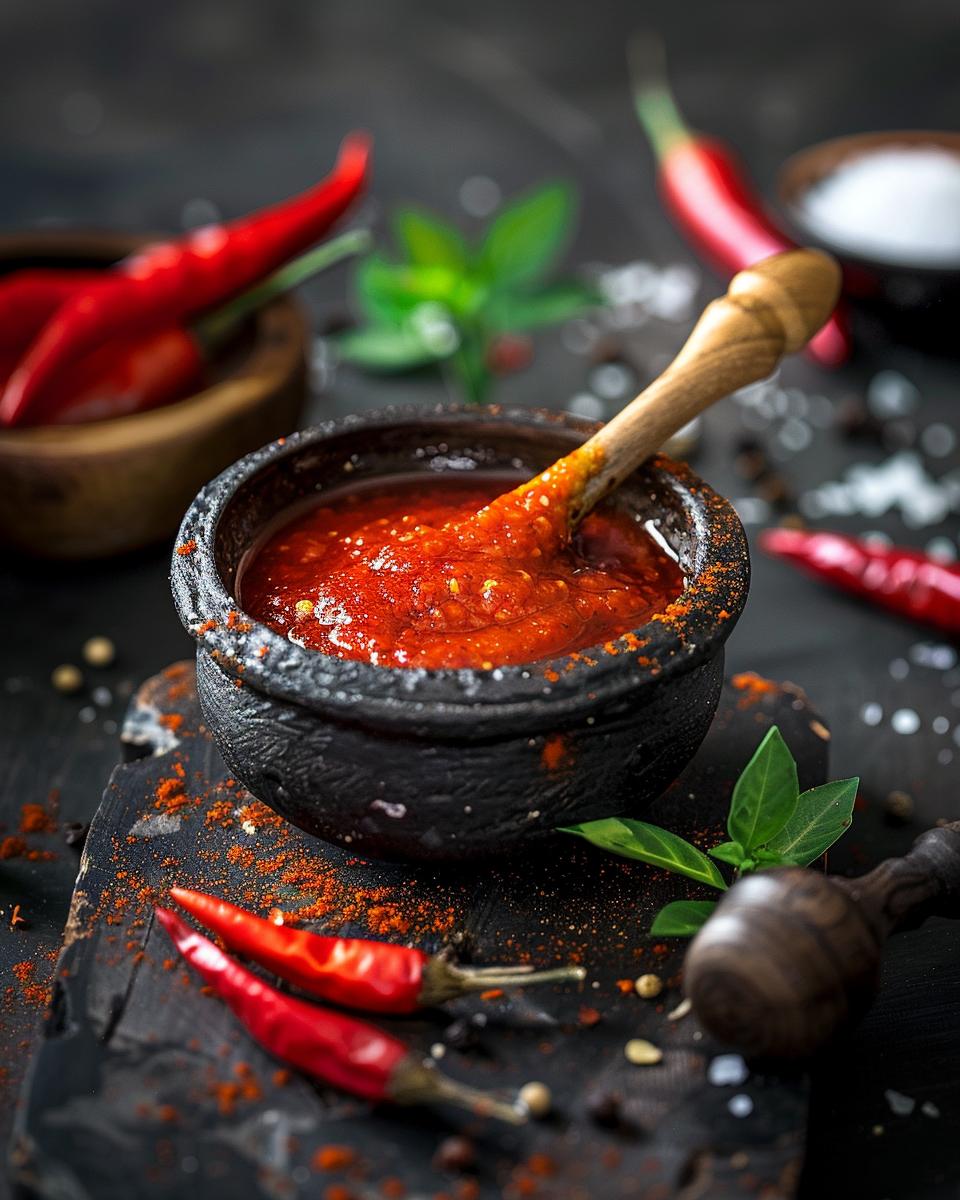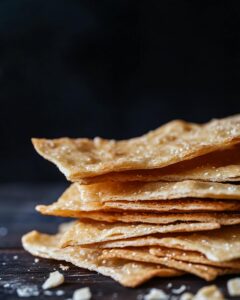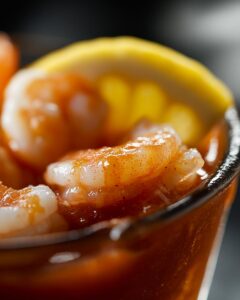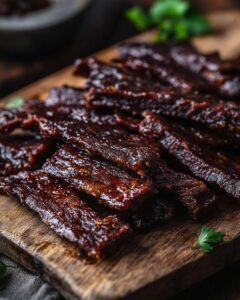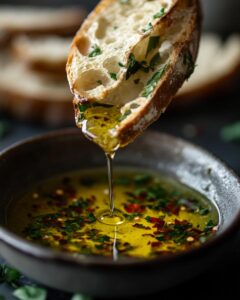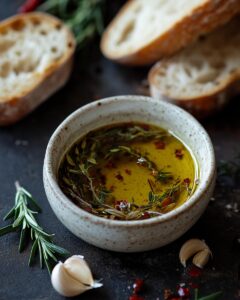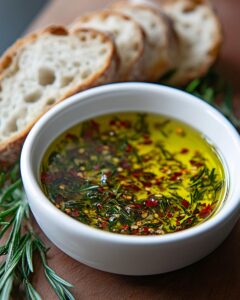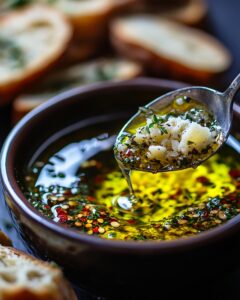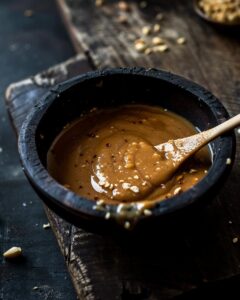Pepper Sauce Recipe: Transform Your Meals Forever
Are you ready to elevate your culinary game? Our pepper sauce recipe is here to transform your meals forever. Imagine the perfect blend of heat, sweetness, and tanginess enhancing your favorite dishes. Whether you’re a fan of spicy or prefer something milder, this versatile sauce has got you covered. Let’s dive in and discover how you can create a sauce that will make your taste buds dance with joy!
In this recipe:
- Roast and blend peppers for rich flavor.
- Customize heat levels to your liking.
- Store for up to 6 months in the fridge.
- Use as marinade, dip, or topping.
Looking for more sauce inspiration? Check out our Boom Boom Sauce or the fiery Tongue Torch Sauce. Both are sure to add a burst of flavor to your meals.
Ready to get started? Gather your ingredients, and let’s make this incredible pepper sauce together!
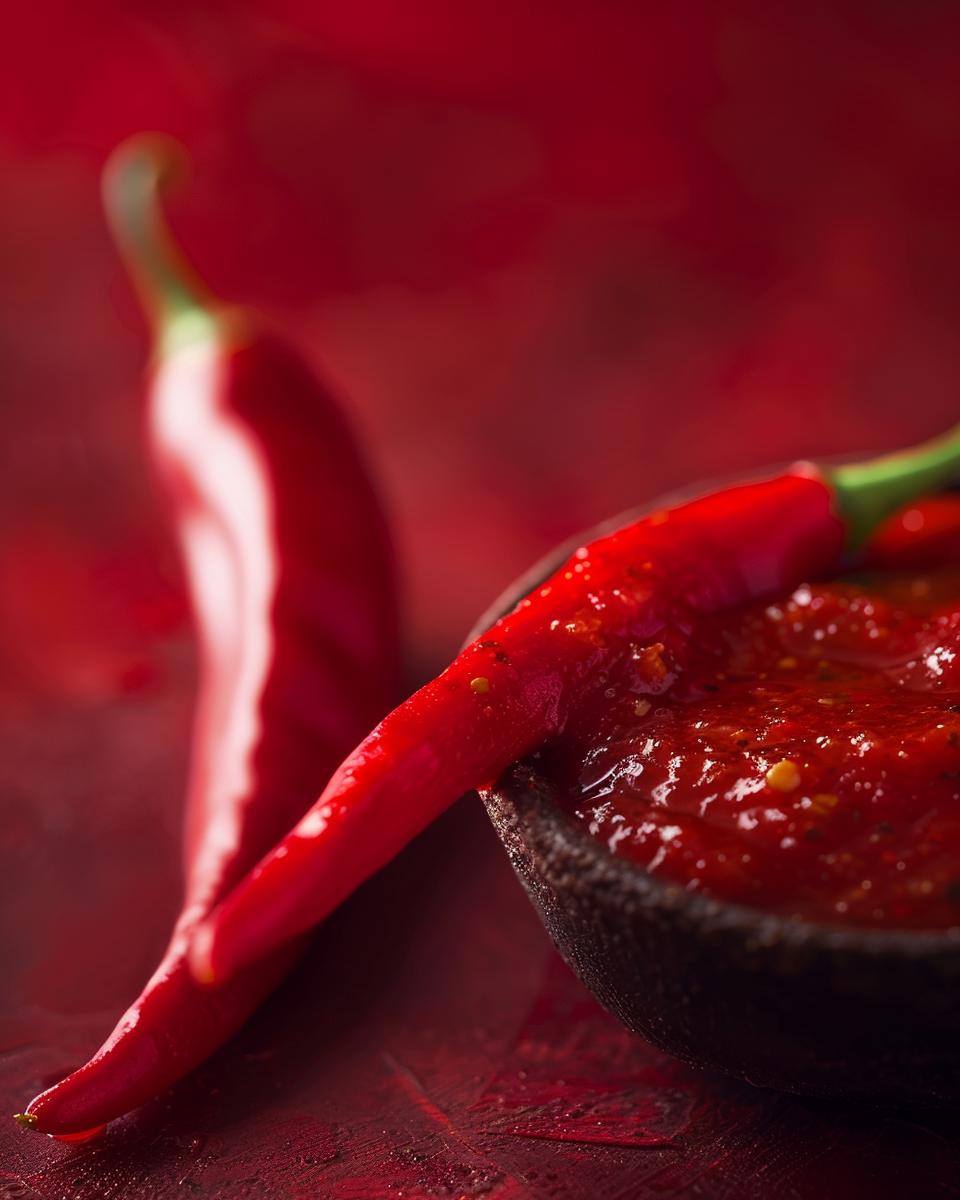
How to Make Your Own Pepper Sauce
Creating your own pepper sauce is a rewarding experience. Not only do you get to enjoy the freshest flavors, but you also have full control over the heat and sweetness. Follow these key steps to make your own pepper sauce at home:
Step 1: Selecting and Preparing Your Peppers
First, choose a variety of peppers. You can mix bell peppers for sweetness, jalapeños for mild heat, or even habaneros for extra spice. Wash the peppers thoroughly and remove the stems. For a smoky flavor, roast the peppers in an oven preheated to 400°F (200°C) for about 30-40 minutes, until the skins are blistered and charred.
Once roasted, let the peppers cool. Peel off the skins and remove the seeds. This step ensures a smooth texture and reduces bitterness. Chop the peppers into small pieces to prepare them for blending.
For further details on roasting and preparing peppers, check out this guide on pepper preparation.
Step 2: Blending and Seasoning
Next, combine the chopped peppers with vinegar, water, sugar, salt, and black pepper in a blender. Blend until smooth. Taste the mixture and adjust the seasoning as needed. If you prefer a hotter sauce, add a teaspoon of your favorite hot sauce.
For a sweeter variation, incorporate a tablespoon of honey or maple syrup. If you’re aiming for a milder flavor, stick to sweet peppers and omit additional hot sauces.
Step 3: Storing and Serving
Transfer the blended sauce to an airtight container. Store it in the refrigerator, where it will stay fresh for up to six months. You can also freeze the sauce for up to a year.
This versatile pepper sauce can enhance grilled meats, vegetables, or even be used as a dipping sauce. Its rich, complex flavor will surely elevate any dish.
For more sauce recipes and tips, visit Add a Pinch.
Experiment with different ingredients and enjoy the process of making your own unique pepper sauce!
Gathering the Ingredients for Your Perfect Pepper Sauce
Now that we’ve covered the minimal equipment needed, let’s dive into the heart of any great recipe: the ingredients. The beauty of making your own pepper sauce lies in the ability to tailor it to your taste. Choosing the right ingredients is crucial for achieving that perfect blend of flavors, whether you prefer it hot, mild, or sweet.
Essential Ingredients
First, let’s talk about the peppers. The cornerstone of our sauce, peppers come in various types and heat levels, providing a myriad of flavor possibilities. Here are some key points to consider:
- Peppers: Use a mix of bell peppers for sweetness and jalapeños for heat. Experiment with other varieties like Anaheim or habanero to find your perfect balance.
- Vinegar: Apple cider vinegar adds a subtle sweetness, while white wine vinegar offers a tangier punch. Both help preserve the sauce and balance the flavors.
- Sugar and Salt: These essential seasonings bring out the natural flavors of the peppers. Adjust them to suit your taste preferences.
Are you a fan of extra heat? Consider adding a splash of hot sauce to elevate the spiciness. Prefer a milder touch? Stick to sweet peppers and skip the hot sauce. For those with a sweet tooth, honey or maple syrup can add a delightful sweetness to your sauce.
Choosing the right combination of ingredients is what makes this recipe so versatile and accessible. By mixing and matching, you can create a pepper sauce that’s uniquely yours. Ready to get started? Let’s gather those ingredients and move on to the next step!
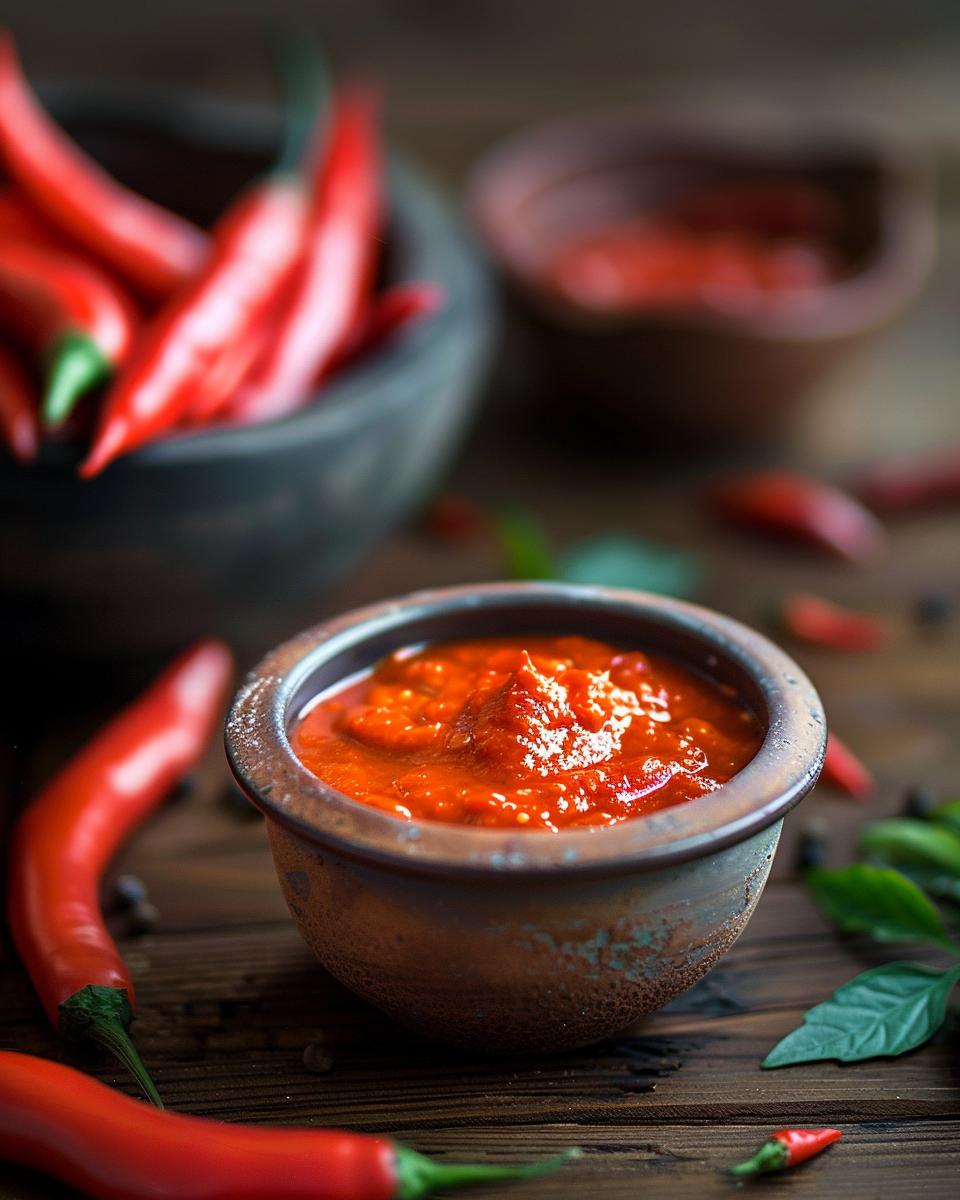
How to Make Pepper Sauce
Now that you’ve gathered all your ingredients, it’s time to dive into the fun part – making your delicious pepper sauce! Follow these step-by-step instructions for the best results.
Step-by-Step Instructions:
- Preheat the Oven: Start by preheating your oven to 400°F (200°C). This will ensure your peppers roast evenly and develop a rich, smoky flavor.
- Roast the Peppers: Place your peppers on a baking sheet. Drizzle them with olive oil and sprinkle a pinch of salt. Roast for 30-40 minutes, or until the skins are blistered and charred. This step adds depth to your sauce’s flavor.
- Cool and Peel: After roasting, let the peppers cool. Once cool, peel off the skins, remove the seeds, and chop the flesh into small pieces. This makes blending smoother.
- Blend the Ingredients: In a blender or food processor, combine the roasted peppers, vinegar, water, sugar, salt, and black pepper. Blend until smooth. You might need to scrape down the sides to ensure everything is well-mixed.
- Taste and Adjust: Give your sauce a taste. If you prefer more heat, add some hot sauce. For a sweeter touch, mix in honey or maple syrup. Adjust salt and pepper as needed.
- Store Properly: Transfer your pepper sauce to an airtight container. Store it in the refrigerator for up to 6 months, or freeze for up to a year. Enjoy your homemade pepper sauce with your favorite dishes!
Remember, the key to a great pepper sauce is balance. Play around with the ingredients to find your perfect flavor. Have any questions or tips? Share them in the comments below!
Serving & Storing Your Pepper Sauce
Now that you’ve mastered the art of making pepper sauce, let’s dive into the specifics of serving and storing. This recipe is accessible for all levels, requiring minimal cooking knowledge. Whether you’re a seasoned chef or a kitchen newbie, you’ll find these tips handy.
How to Serve Pepper Sauce
Wondering how to use your freshly made pepper sauce? There are countless ways to enjoy it!
- As a condiment: Drizzle it over grilled meats, roasted vegetables, or even scrambled eggs.
- In marinades: Mix it with olive oil and your favorite herbs to create a zesty marinade.
- As a dip: Pair it with chips, crackers, or fresh veggies for a flavorful snack.
- In sauces: Add a spoonful to soups, stews, or pasta sauces for an extra kick.
Feel free to get creative with your pepper sauce. Its versatility makes it a great addition to various dishes. How do you plan to use yours?
Storing Your Pepper Sauce
Proper storage ensures your pepper sauce stays fresh and flavorful for months. Here are some tips:
- Refrigeration: Store your sauce in an airtight container in the refrigerator. It will last up to six months.
- Freezing: For longer storage, freeze the sauce in ice cube trays. Once frozen, transfer the cubes to a freezer bag. They can last up to a year.
- Labeling: Don’t forget to label your containers with the date. This helps you keep track of freshness.
By following these tips, you’ll always have a delicious pepper sauce ready to enhance your meals. Have you tried storing your sauce in a different way? Share your tips with us!
Remember, this recipe is easy to make and store, making it perfect for anyone looking to add a homemade touch to their meals. Enjoy your culinary creation!
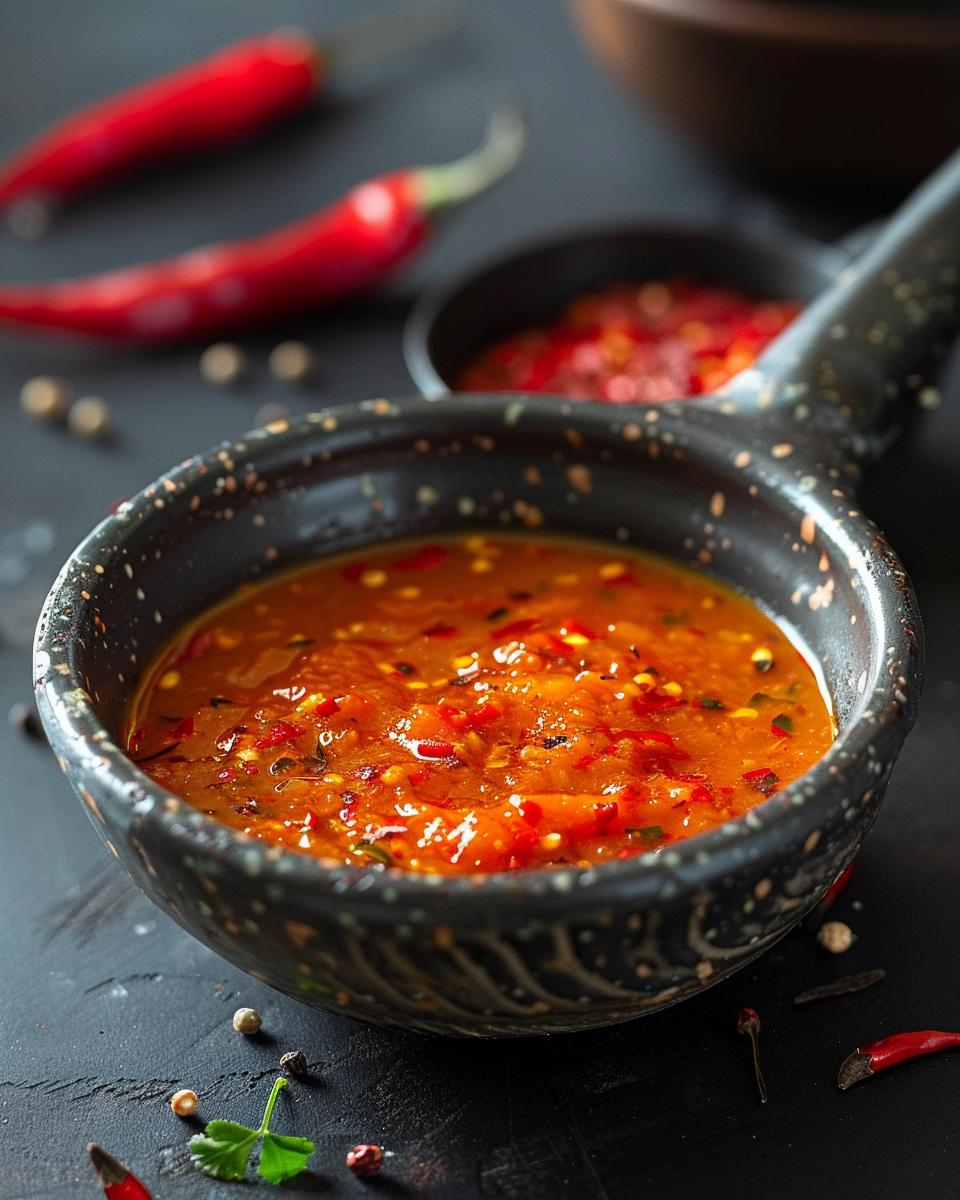
Pro Tip for Your Pepper Sauce Recipe
- Always roast peppers for a deeper, richer flavor.
- For a smoother sauce, blend for an extra minute.
- Add a splash of citrus juice to balance the flavors.
- Use a mix of peppers to create a complex taste.
- Experiment with different vinegars for unique flavor profiles.
- Try honey or maple syrup for a sweet pepper sauce variation.
- Adjust the heat level by adding more or fewer hot peppers.
- Store in an airtight container to keep it fresh longer.
- Use pepper sauce as a marinade for added depth in dishes.
- Freeze extra sauce in ice cube trays for easy portioning.
FAQ: Common Questions About Making Pepper Sauce
When it comes to making pepper sauce, there are always a few questions that come up. Here are some of the most popular questions and detailed answers to help you perfect your pepper sauce recipe.
Making Pepper Sauce
Q: Can I use fresh peppers instead of roasted peppers?
A: Yes, you can use fresh peppers, but the flavor profile will be different. Fresh peppers offer a brighter, more vibrant taste, while roasted peppers provide a deeper, richer flavor due to the caramelization process. If you prefer a smoky undertone, stick with roasted peppers.
Q: How do I adjust the heat level of my pepper sauce?
A: Adjusting the heat level is easy. Simply add more or fewer hot peppers or hot sauce. For a milder sauce, use sweet peppers like bell or Anaheim. For a hotter kick, consider adding habanero or ghost peppers. Always taste as you go to ensure you get the desired heat level.
Q: How long does homemade pepper sauce last?
A: Homemade pepper sauce can last up to 6 months when stored in an airtight container in the refrigerator. For longer storage, consider freezing the sauce, which can extend its shelf life to up to 1 year. Always check for any signs of spoilage before use.
Making Southern Pepper Sauce
Q: What are the key ingredients in Southern pepper sauce?
A: Southern pepper sauce typically includes a mix of hot peppers, vinegar, and salt. Some variations might include garlic or sugar for added depth. This simple combination creates a flavorful condiment perfect for adding a spicy kick to dishes like cornbread, greens, or peas. For a classic Southern recipe, check out this Southern Pepper Sauce Recipe.
Q: Can I use different types of vinegar in Southern pepper sauce?
A: Absolutely! While traditional recipes often use white vinegar, you can experiment with apple cider vinegar, rice vinegar, or even balsamic vinegar for a unique twist. Each type of vinegar will give your pepper sauce a distinct flavor profile, so feel free to get creative.
Curious about more pepper sauce recipes and tips? Dive into more delicious ideas from Add a Pinch to enhance your culinary adventures!

